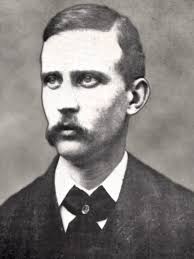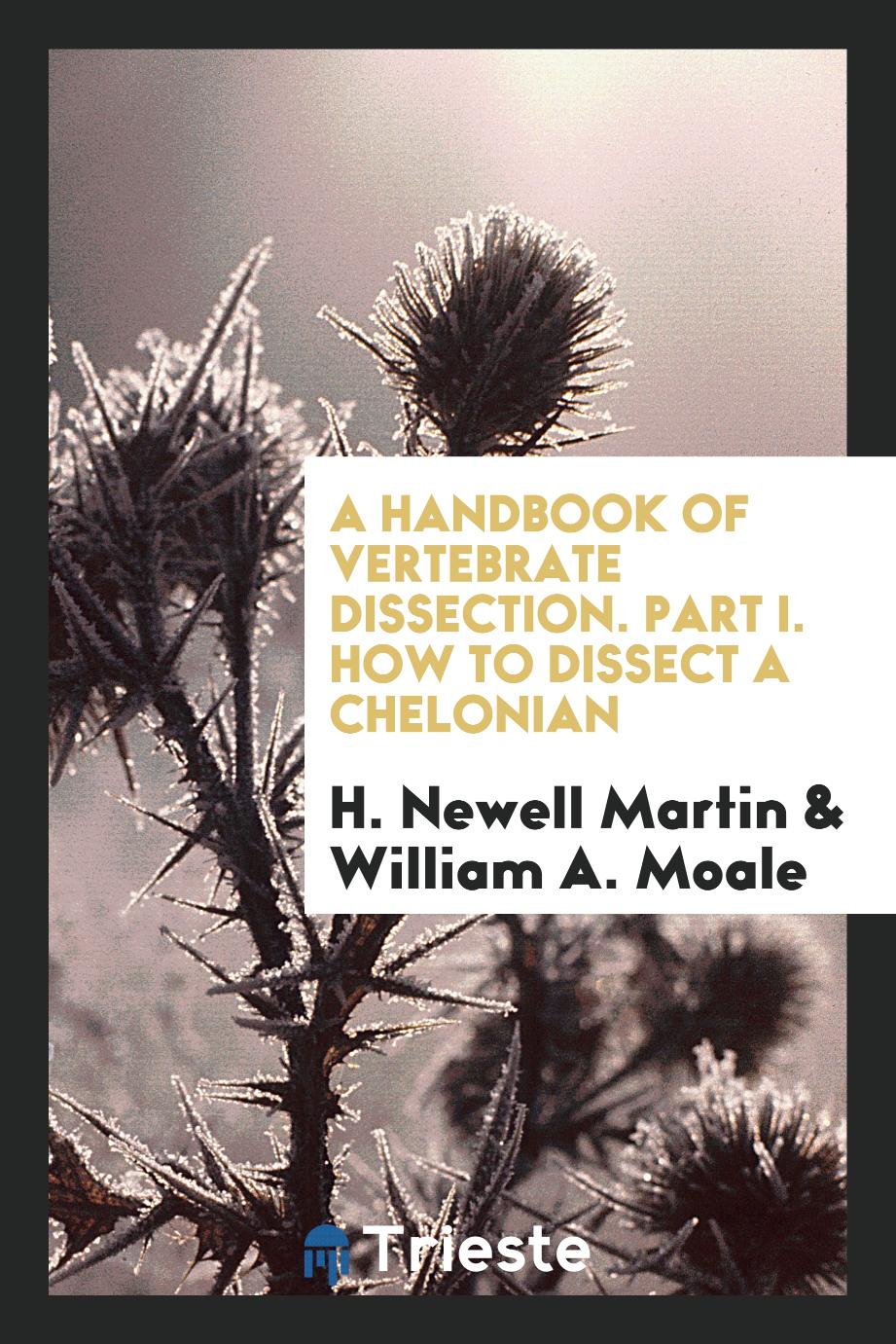
H. Newell Martin
Henry Newell Martin (1 July 1848 - 27 October 1896) was a British physiologist. He was born in Newry, County Down, the son of Henry Martin, a Congregational minister, and educated at the University of London and Christ's College, Cambridge. In 1876 he was appointed to the first professorship of physiology at Johns Hopkins University in the United States. He co-wrote with Thomas Huxley Practical instruction in elementary biology. He collaborated with George Nuttall. He developed the first isolated mammalian heart lung preparation (first described in 1881) which Starling later used to great effect. Martin's own scientific career was curtailed around 1893 due to alcoholism. He was elected a Fellow of the Royal Society in 1885, having delivered their Croonian Lecture in 1883 on "The Direct Influence of Gradual Variations of Temperature upon the Rate of Beat of the Dog's Heart". Admitted to the University of London at sixteen and apprenticed to a physician, by 1874 Martin was a Fellow of University College, London, and the value of his research had already been recognized. Daniel Coit Gilman, founding president of Johns Hopkins University, persuaded Martin to come to the United States in the summer of 1876. Martin was one of the first five full professors appointed to the Hopkins faculty. His field was under suspicion since the basic tenets of biology/physiology seemed to support the theory of evolution, and evolution was considered to be opposed to Christianity. Among Martin’s friends and colleagues was Thomas Huxley, a leading proponent of evolution. In addition to the conflict between Evolution and Christianity, biology labs were under attack by those opposed to experiments on live animals, a procedure known as vivisection. Martin was unapologetic in his defense of vivisection, though he recognized that it was not always necessary. He justified his position by stating bluntly, “Physiology is concerned with the phenomena going on in living things, and vital processes cannot be observed in dead bodies.” Martin did not try to hide his methods, and invited visitors to his lab to observe the experiments underway. It was understood when Martin was hired that he would be laying the foundation for a medical school that would open in the future, since physiology was one of the primary building blocks for an academic medical school. Offering preparatory training to undergraduates would help place the Johns Hopkins School of Medicine - which eventually opened in 1893 - on a firm scientific footing. Pre-medicine was not Martin’s only concern. With the hiring of William Keith Brooks came the opening of the Chesapeake Zoological Laboratory. Despite its name, after initially confining its work to the Chesapeake Bay, the Zoological Laboratory conducted its work at stations from Beaufort, North Carolina, to the Bahamas, studying marine life and interdependencies between species.


